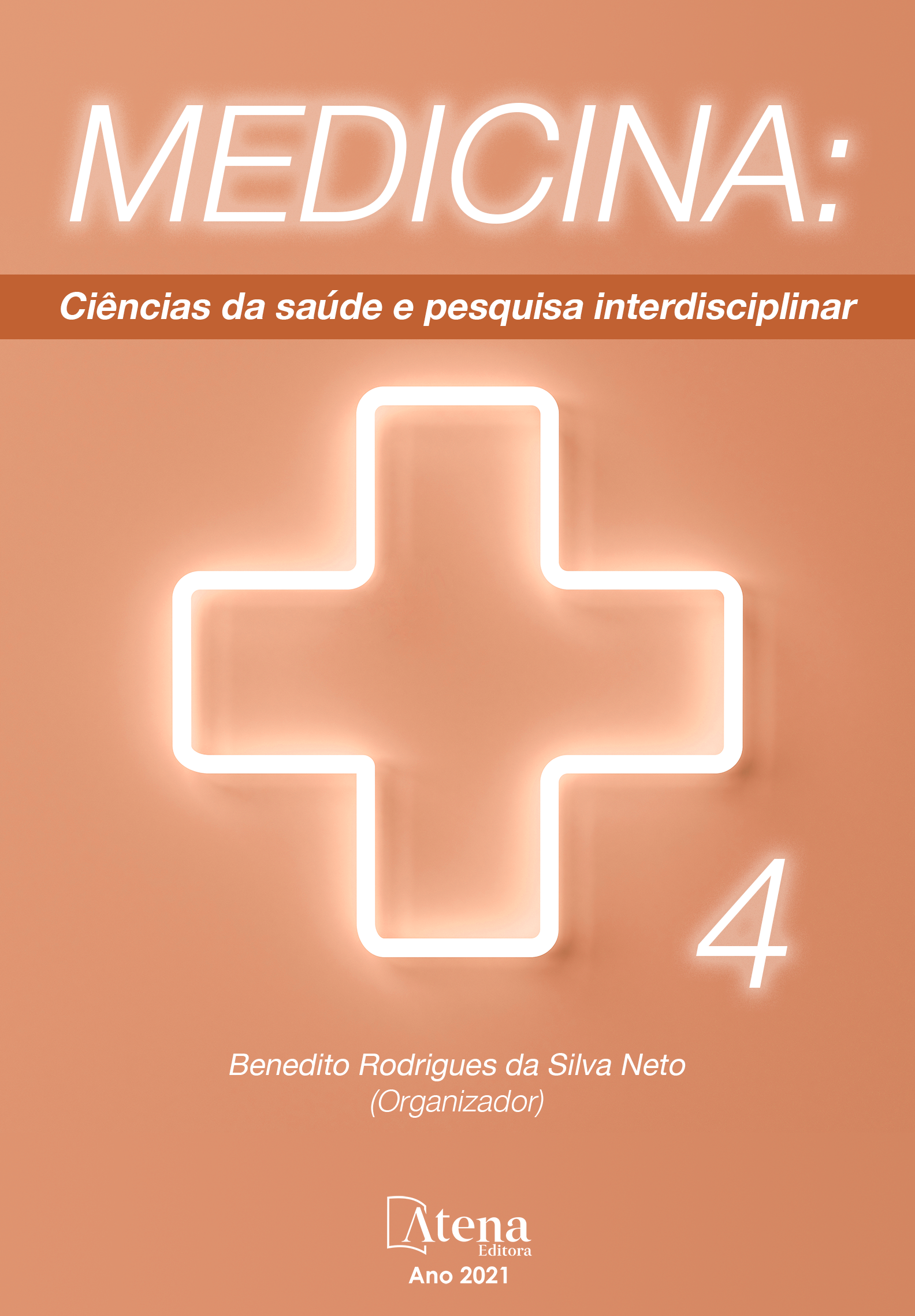
RELAÇÃO ENTRE MORTES POR INFARTO AGUDO DO MIOCÁRDIO E VARIAÇÃO DE TEMPERATURA NA CIDADE DE CURITIBA: UM ESTUDO EPIDEMIOLÓGICO
Introdução: O Infarto Agudo do Miocárdio (IAM) é uma das principais causas de óbito no mundo. As baixas temperaturas podem influenciar no desencadeamento desta doença, sendo necessário investigar a relação entre estes fatores. Objetivos: Correlacionar os óbitos por IAM e as variações de temperatura ao longo dos anos na cidade de Curitiba. Métodos: Trata-se de um estudo epidemiológico observacional, descritivo e retrospectivo que tem como base os dados obtidos no DATASUS – Sistema de Informação sobre Mortalidade (SIM), INMET – Instituto Nacional de Meteorologia e IBGE – Instituto Brasileiro de Geografia e Estatística, no período de 2008 a 2018. Foram coletadas informações referentes a mortalidade por IAM e os valores de temperatura mínima média da cidade de Curitiba. A análise estatística foi realizada por meio de testes de correlação de Spearman. Resultados: Foram registradas 7.393 mortes pode IAM na cidade estudada durante um período de onze anos. Curitiba (rho=-0,6) apresentou valores de correlação negativa entre temperatura mínima média e incidência do número mensal de mortes, com correlação estatisticamente significante (p < 0,05). Conclusões: As baixas temperaturas têm influência direta sobre a mortalidade por infarto agudo do miocárdio na cidade de Curitiba.
RELAÇÃO ENTRE MORTES POR INFARTO AGUDO DO MIOCÁRDIO E VARIAÇÃO DE TEMPERATURA NA CIDADE DE CURITIBA: UM ESTUDO EPIDEMIOLÓGICO
-
DOI: 10.22533/at.ed.69321030920
-
Palavras-chave: Temperatura; Temperatura Baixa; Infarto do Miocárdio; Mortalidade; Cardiologia;
-
Keywords: Temperature; Cold Temperature; Myocardial Infarction; Mortality; Cardiology;
-
Abstract:
Introduction: Acute Myocardial Infarction (AMI) is one of the main causes of death in the world. Low temperatures can influence the onset of this disease, and it is necessary to investigate the relationship between these factors. Objectives: Correlate deaths from AMI and temperature variations over the years in the city of Curitiba. Methods: This is an observational, descriptive, and retrospective epidemiological study based on data obtained from DATASUS - Mortality Information System (SIM), INMET - National Institute of Meteorology, and IBGE - Brazilian Institute Geography and Statistics, in the period from 2008 to 2018. We collected information about AMI mortality and the values of average minimum temperature in the city of Curitiba. Statistical analysis was performed using Spearman's correlation tests. Results: 7,393 deaths from AMI were recorded in the city studied over an eleven-year period. Curitiba (rho = -0.6) presented negative correlation values between average minimum temperature and incidence of the monthly number of deaths, with a statistically significant correlation (p <0.05). Conclusions: Low temperatures directly influence mortality from acute myocardial infarction in the city of Curitiba.
-
Número de páginas: 9
- Sofia de Souza Boscoli
- Wilton Francisco Gomes
- Beatriz Essenfelder Borges
- IGHOR RAMON PALLU DORO PEREIRA


